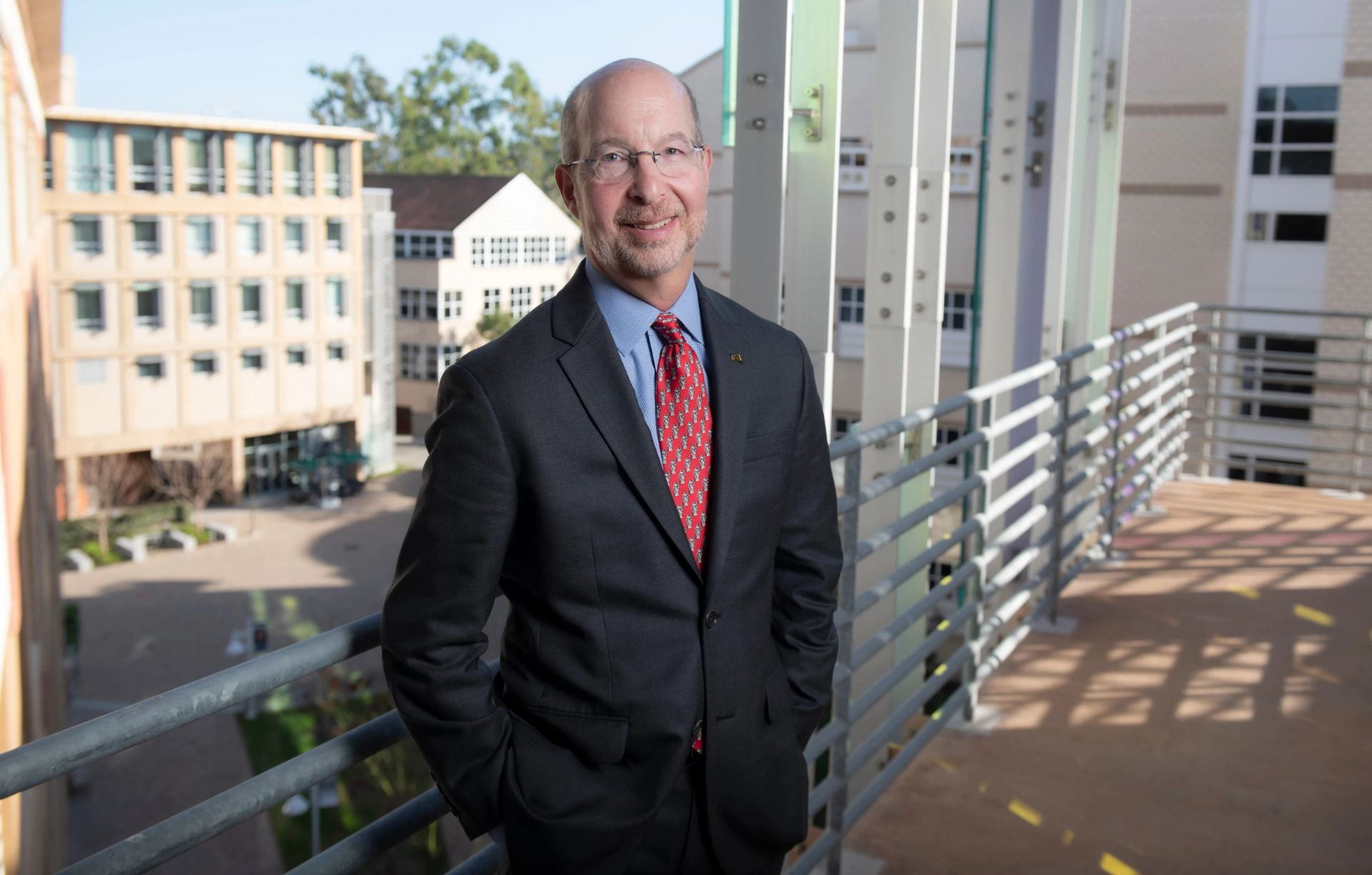Researchers gauge post-disaster resilience
UCI-led team of social scientists assesses post-disaster community resilience.
Hurricane Katrina. 9/11. The BP oil spill. Natural and manmade disasters destroy lives and cost billions in damages. Communities do their best to cope, clean up and rebuild, but psychological and societal scars can linger, sometimes for years.
That’s where Roxane Cohen Silver comes in. The UC Irvine professor of psychology & social behavior studies emotional, social and physical responses to trauma and has investigated the aftermath of such events as the Columbine High School shootings, volcanic eruptions in Indonesia and last February’s earthquake in Chile.
“There’s always an estimate of economic damage after a disaster, usually in the billion-dollar range,” Silver says. “We know, however, that there are countless other ways in which disasters can impact communities that go beyond merely economic measures.”
But how can these seemingly intangible social and communal effects be accurately gauged? With a six-year, $3.2 million grant from the federal Department of Homeland Security‘s Science and Technology Directorate, Silver and colleagues are attempting to do just that.
Their quantitative index of psychosocial impacts of disasters and terrorism will examine effects on public health, crime, social behaviors and political attitudes. Governments, they hope, will be able to use the index to assess a community’s vulnerability to negative social consequences in the wake of a disaster.
“We define resilience as the ability to withstand the strain of a crisis and bounce back,” Silver says. “When measuring this, it’s important to know where a community started and where it ends up.”
Under her leadership, a team of experts in nursing, criminology, geography, psychology, epidemiology and political science will analyze archival and administrative data to determine community resilience in the years before and after a traumatic event.
They’re looking at such factors as emergency room visits, school attendance, domestic violence arrests, and voter registration and participation – all markers of a community’s general health and well-being, according to Silver.
“What’s exciting about this effort is that it focuses on the potential impact of a rapid external force, such as a disaster or terrorist attack, on the social networks and cohesion of communities at large,” says grant collaborator John Hipp, UCI professor of criminology, law & society.
Silver studied post-traumatic community resilience on a small scale in 2009, when she and former UCI doctoral student Thomas Wicke evaluated Jasper, Texas, site of the racially motivated 1998 dragging death of James Byrd Jr. – which sparked national outrage.
They compared crime, economic, health, educational and social measures before and after the crime, comparing Jasper to the nearby town of Center, Texas.
“We found a significant impact of the James Byrd murder on increased rates of violent crime in Jasper, while Center showed a post-event decrease in violence,” Silver says.
She describes the index currently being developed as a “Richter scale” of social consequences. The ability to measure psychosocial effects of disasters, Silver notes, can help public agencies prepare for and respond to such events and their influence on crime rates, education, mental health, domestic violence, drug and alcohol abuse, and public trust of government officials.
Others working on the index are Fran Norris and Kathleen Sherrieb of Dartmouth College; UCI’s E. Alison Holman; Wicke and former UCI doctoral student Marnie Brow; Susan Cutter of the University of South Carolina; Leonie Huddy of New York’s Stony Brook University; and Baruch Fischhoff of Carnegie Mellon University.



